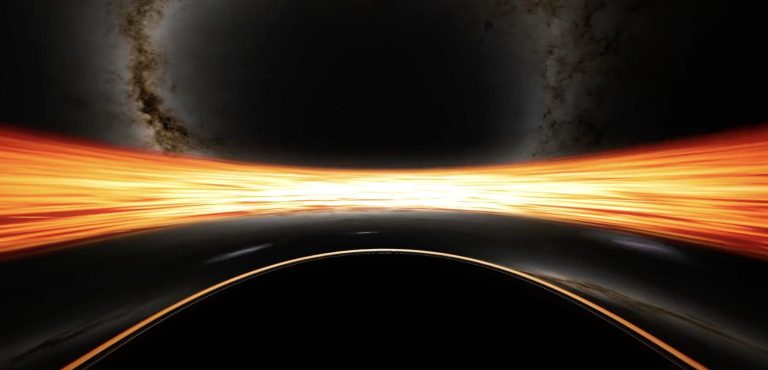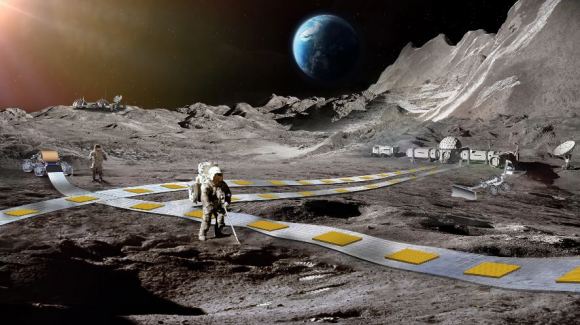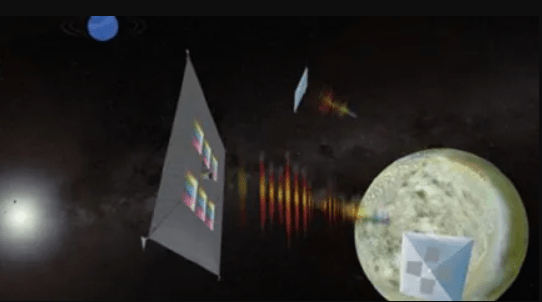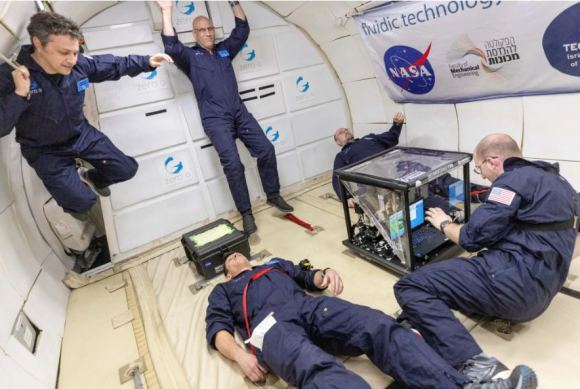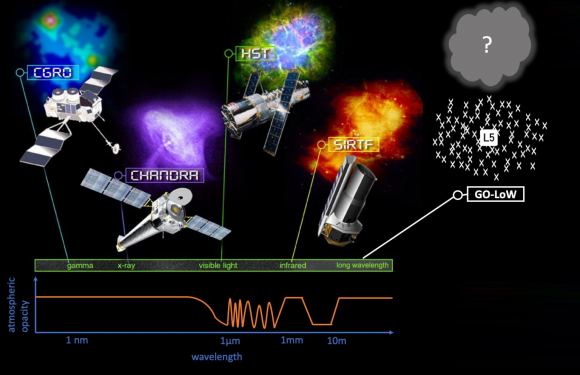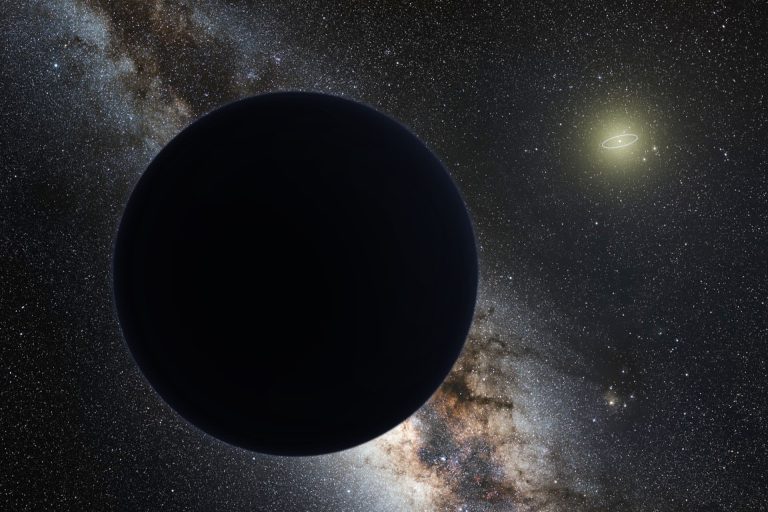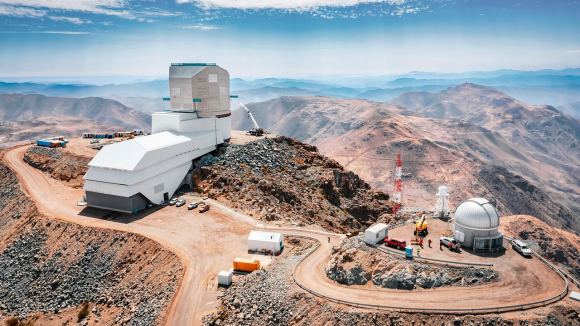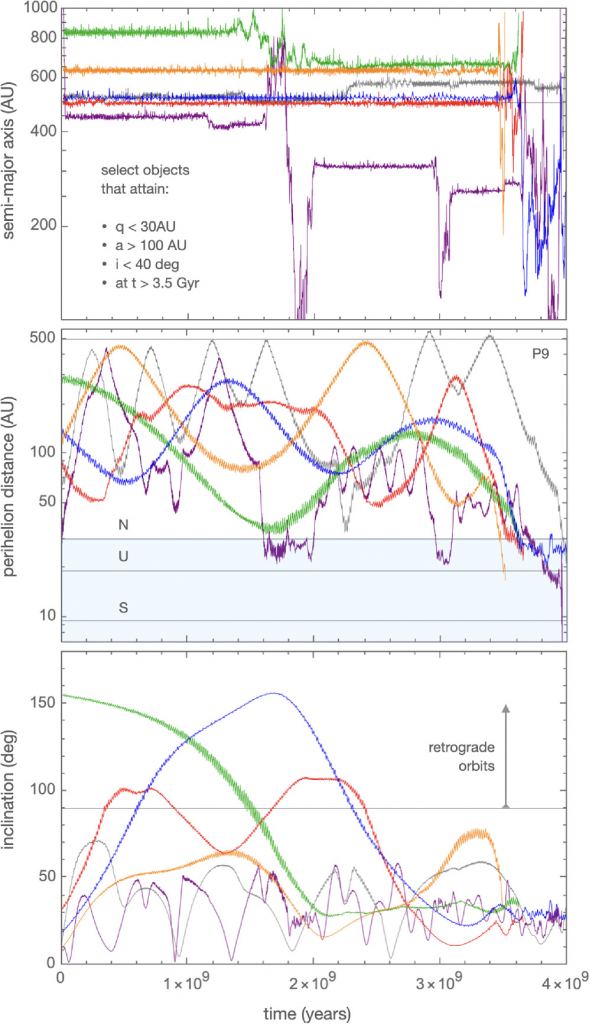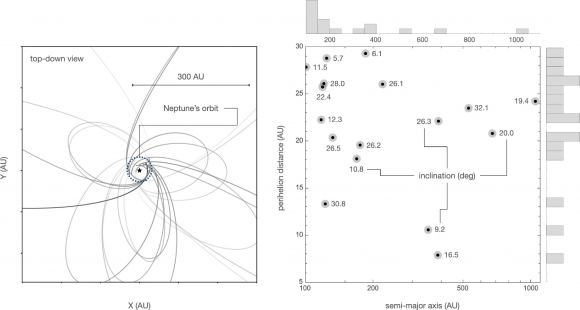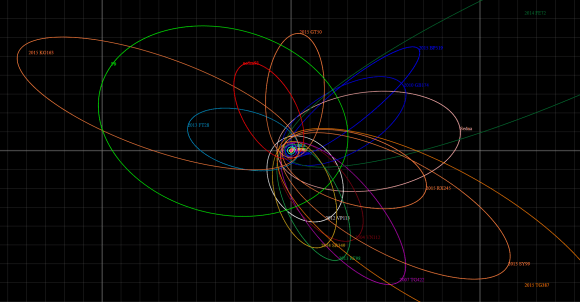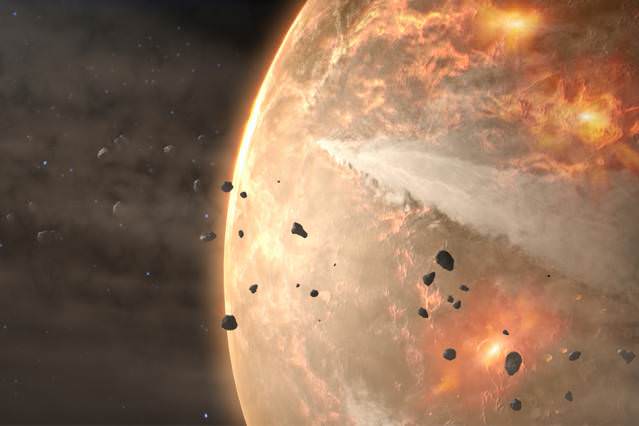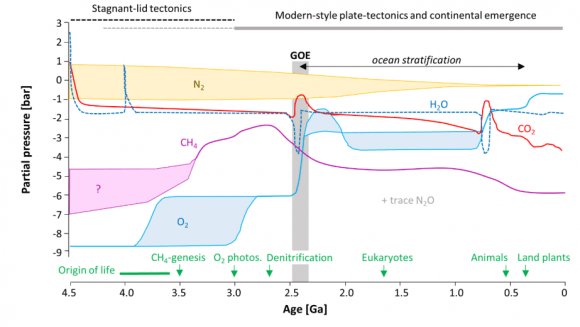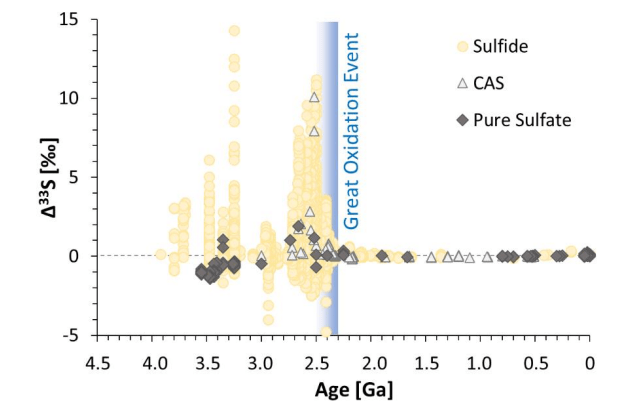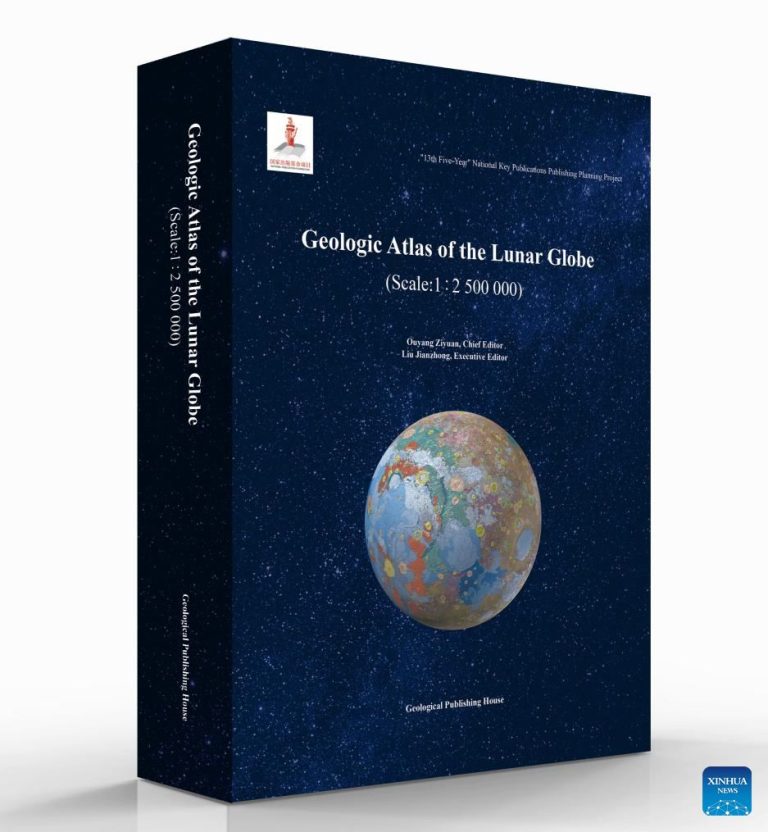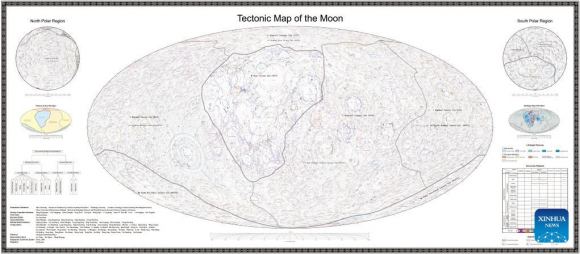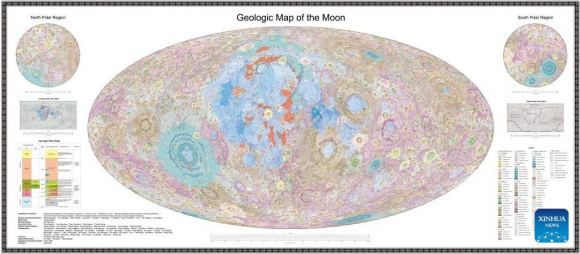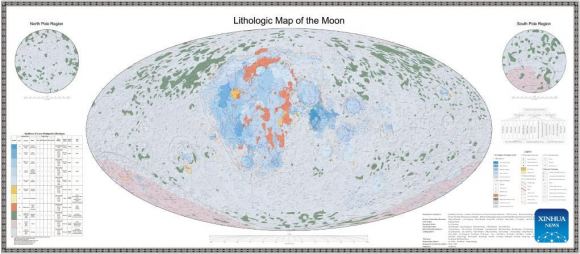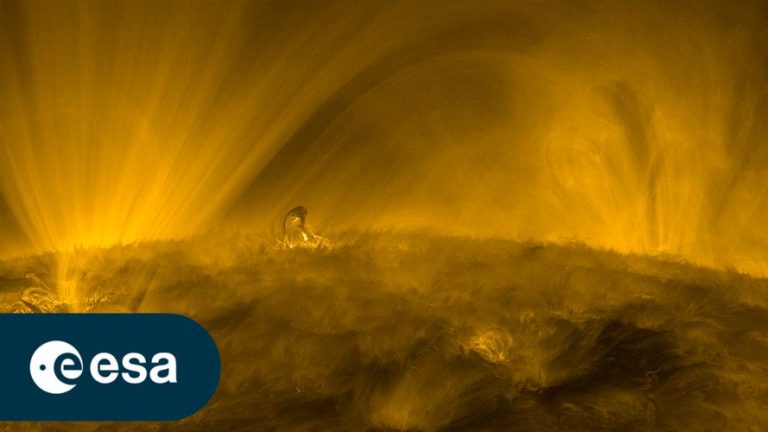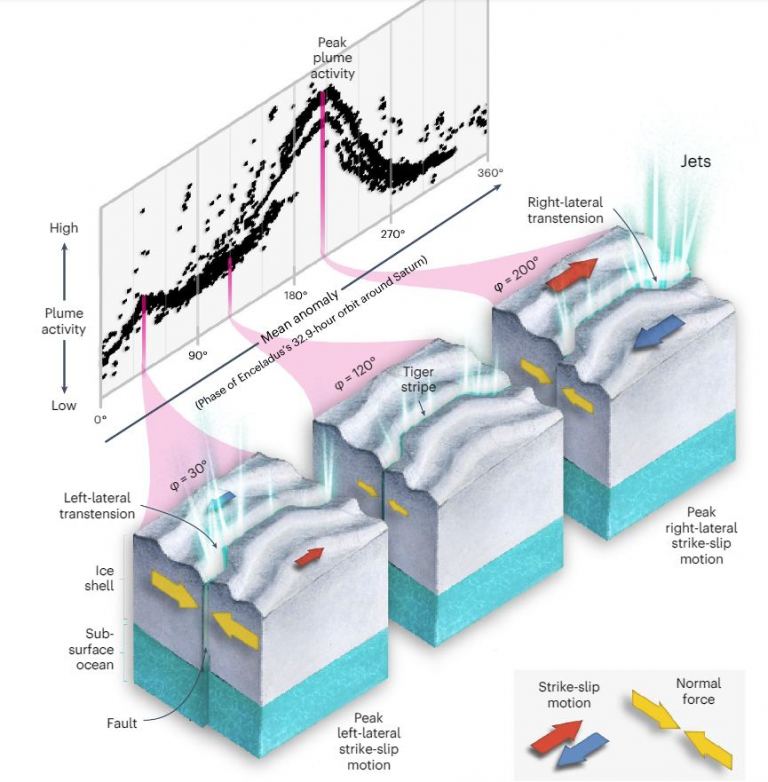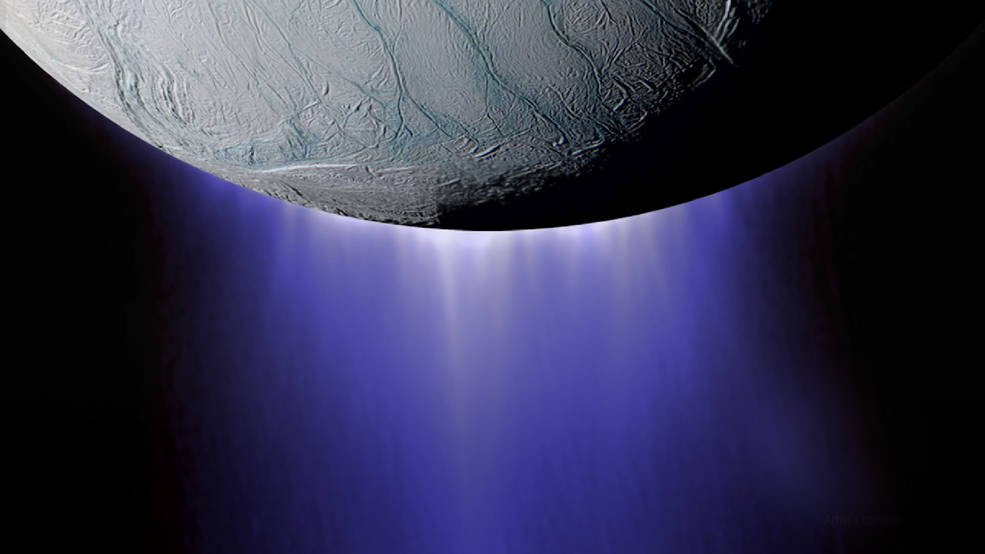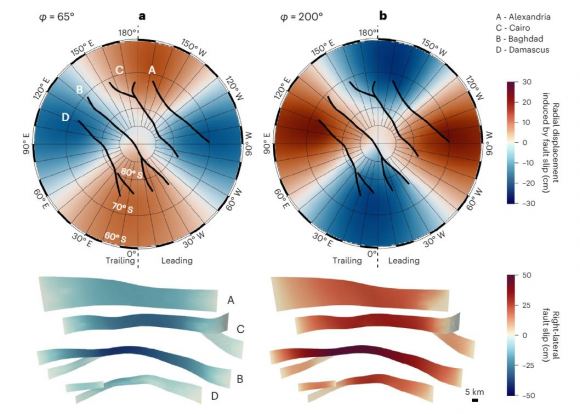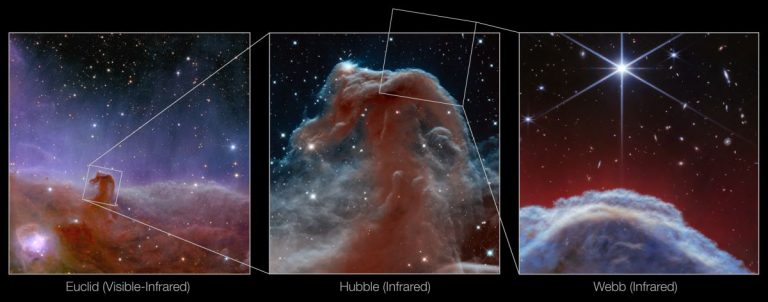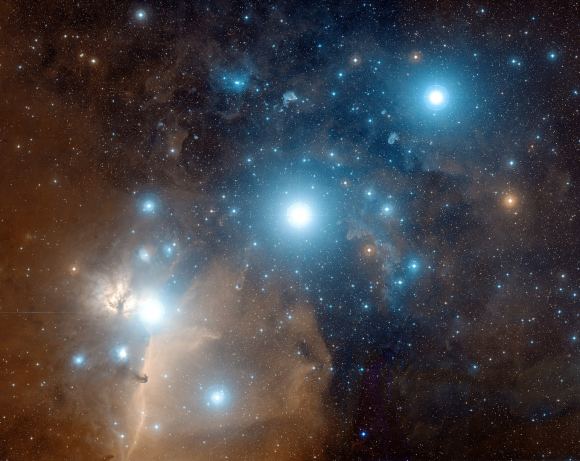What Venus Reveals About Life on Other Worlds
Key Takeaway:
Understanding the stark differences between Venus and Earth is crucial for advancing our knowledge of planetary habitability, guiding our search for life on exoplanets, and interpreting atmospheric data from distant worlds.
Summary:
- Venus and Earth, despite being sister planets, exhibit extreme differences in their environments and atmospheres.
- Exploring these differences can provide valuable insights into the evolution and habitability of rocky planets.
- Recent research suggests that Venus serves as a critical anchor point for understanding planetary habitability.
- Factors such as surface water, atmospheric composition, and geological processes play significant roles in determining a planet’s habitability.
- Studying Venus can help us refine our models for assessing the potential habitability of exoplanets.
- Ongoing and future missions to Venus will contribute to our understanding of its geological history and atmospheric dynamics.
- By studying Venus and its exoplanetary counterparts, we can enhance our ability to identify potential signs of life beyond our Solar System.
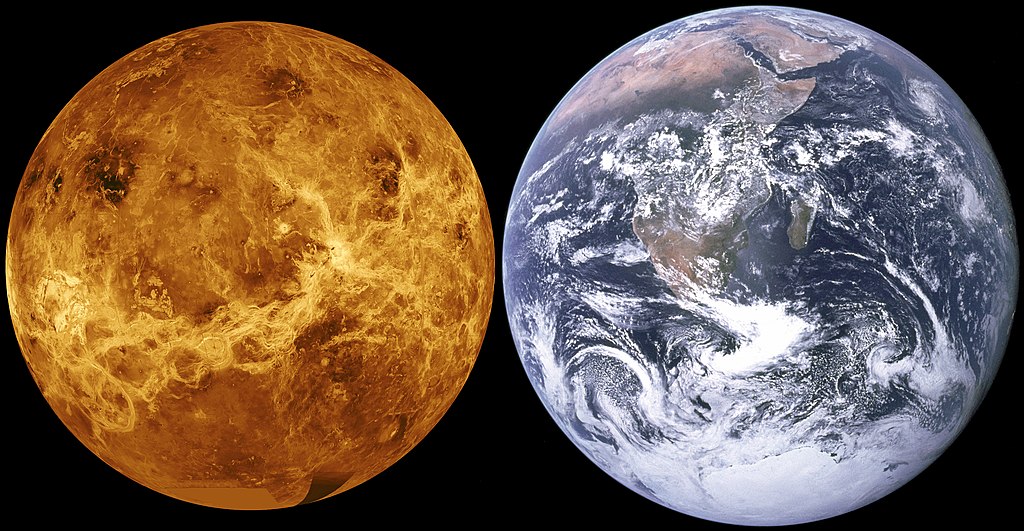
What Venus Reveals About Life on Other Worlds
When we look at the night sky, the stars and planets make us wonder about life beyond Earth. Venus is especially interesting because it looks different from Earth. Both Venus and Earth are terrestrial planets, but they are very different. Venus is a hellish inferno, while Earth is a serene oasis.
Venus and Earth are close neighbors in the inner Solar System. This proximity makes them ideal for comparative planetary science. Earth is a natural paradise, full of life. In contrast, Venus has extreme temperatures, corrosive clouds, and very high atmospheric pressure. Despite their similarities at the beginning, these two rocky planets have taken very different evolutionary paths. They began from the same cosmic materials but ended up nothing alike.
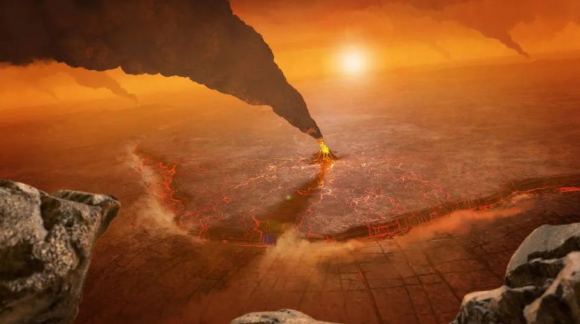
Stephen Kane and Paul Byrne offer insights in their research titled “Venus as an anchor point for planetary habitability.” They explore why understanding Venus and Earth’s different paths is key to unraveling the secrets of planetary habitability. Kane and Byrne argue that a major goal for scientists in planetary science and astrobiology is to understand what makes a planet habitable. They focus on the various factors that influence how planets develop and maintain mild, stable conditions like those on Earth.
“The evolutionary pathway of Venus to its current runaway-greenhouse state is a matter of debate, having traditionally been attributed to its closer proximity to the Sun.” – Kane and Byrne
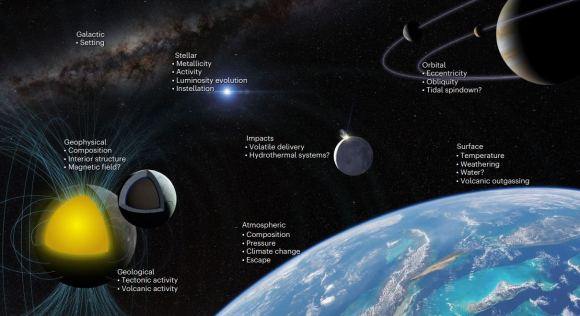
The fundamental question of this inquiry goes beyond just asking if individual planets can support life. It seeks to understand the rules that control how planets develop and maintain life. Earth is a key example of habitability, with its mild climate and plentiful surface water. However, Mars presents a warning. Its barren landscape shows what happens when a world that could once support life undergoes severe environmental decline.
To understand the potential for life beyond our Solar System, Venus is a key example. It shows a different planetary development from Earth. Kane and Byrne highlight Venus’s importance in studying rocky exoplanets. They say, “Venus offers us a critical anchor point in discussing planetary habitability. Its evolutionary story is a different path compared to Earth’s.”
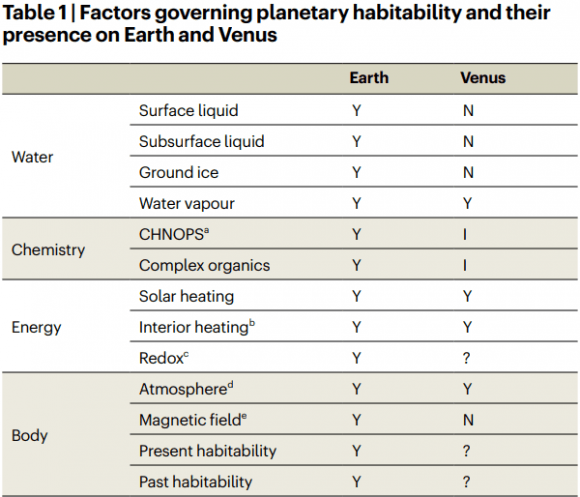
As we strive to uncover the secrets of Venus, we face many challenges. The planet is covered by a thick layer of clouds that hides its surface, making it difficult to study its geological history. Previous missions to Venus have offered brief insights, but the planet’s harsh environment poses major barriers to long-term exploration.
“Venus thus acts as a cautionary tale for interpretations of apparently oxygen-rich atmospheres.” – Kane and Byrne
A new era of exploration is on the horizon. Upcoming missions, including VERITAS, DAVINCI, and EnVision, are planned for the 2030s. These missions aim to explore Venus more deeply. They will reveal the planet’s geological secrets and provide insight into its turbulent history and dynamic atmosphere.
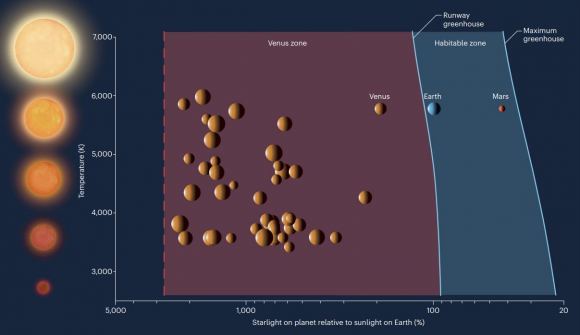
The study of exo-Venuses is fascinating. Exo-Venuses are terrestrial exoplanets similar to Venus. They help us explore the wide variety of planets. Scientists compare the harsh conditions of Venus to other exoplanets. This comparison helps improve our knowledge of what makes a planet habitable. It also helps identify which exoplanets could be targets for future exploration.
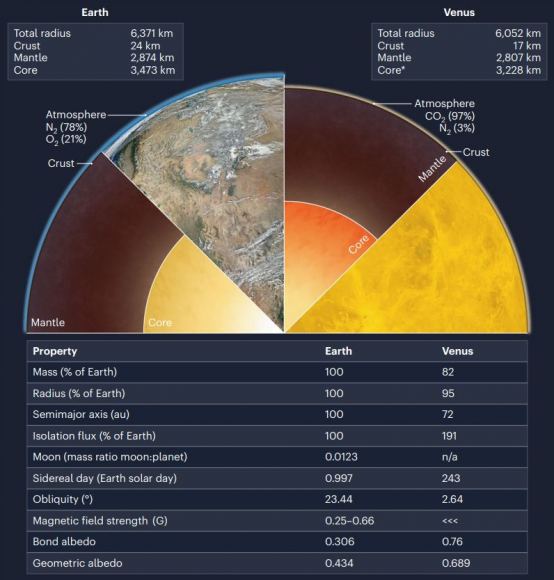
Tables:
Table 1: Factors Influencing Habitability
| Factors | Description |
|---|---|
| Surface Water | Presence and sustainability of liquid water on the planet’s surface |
| Atmospheric Composition | Composition of gases in the planet’s atmosphere and its impact on climate and habitability |
| Geological Processes | Dynamic processes such as tectonics, volcanism, and erosion that shape the planet’s surface |
| Solar Insolation | Amount of solar radiation received by the planet, influencing its climate and surface conditions |
Table 2: Comparative Analysis of Venus and Earth
| Properties | Venus | Earth |
|---|---|---|
| Atmosphere | Dense, composed of carbon dioxide | Thin, composed of nitrogen and oxygen |
| Surface Features | Volcanic plains, impact craters | Oceans, continents, diverse ecosystems |
| Temperature | Extreme heat, averaging 462°C | Moderate, averaging 15°C |
| Magnetic Field | Weak or absent | Strong, protecting against solar wind |


